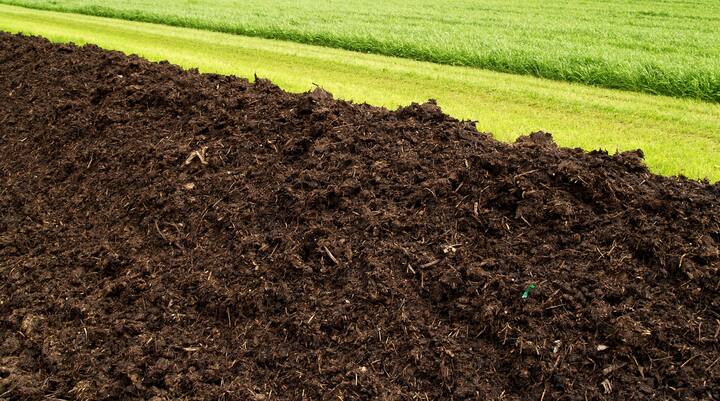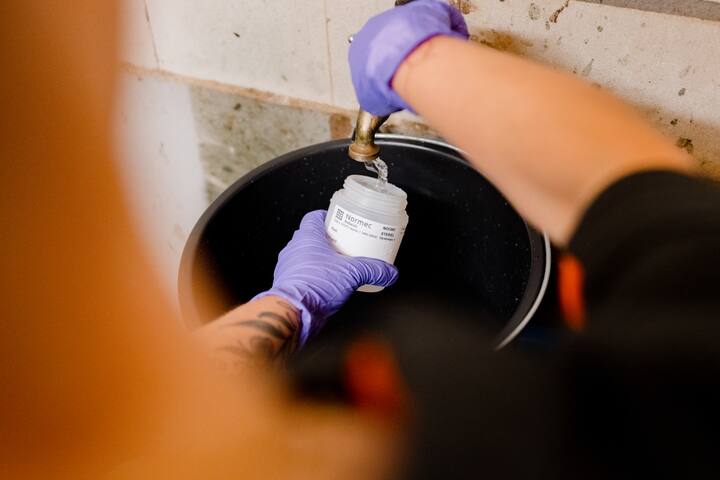
Soil life monitor
Soil life monitor
Soil health is more important than ever, especially now that the use of artificial fertilisers and chemicals is being restricted. Crops grow better in healthy soil and are more resistant to extreme weather conditions, soil diseases and pests. Healthy soil depends on the soil life in the ground. How can you improve soil life? We can help you analyse and improve your soil.
Soil Life Monitor in brief
A reliable picture of the composition of the soil life in your soil
Clear analysis results and interpretation
Support and advice from our consultants with years of experience in soil health
Improving soil life
The soil life monitor gives growers more control over improving soil health. We use a method that isolates different types of soil organisms from the soil. We determine the actual number of each type, providing a highly reliable picture of the composition of your soil's soil life. With our many years of experience in soil health, we can also advise you on the right next steps.
Various methods for healthy soil
Various methods contribute to healthy soil. We advise you on the most suitable methods for your crop, such as:
Non-inversion tillage
Direct sowing, whereby the crop is sown directly into the old stubble without prior tillage.
Green manure
Soil improvers
What is soil life and why is it important?
Various organisms live in the soil, such as bacteria, fungi, nematodes, springtails and mites. This is also referred to as soil life. Soil life must release the nutrients that are essential for plants from organic manure, crop residues and green manure. Soil life also has various other important functions, such as:
Breaking down plant residues, manure and dead soil organisms and releasing nutrients from them (mineralisation)
Building up organic matter that breaks down slowly (humus formation, humification)
Building up a good soil structure
Loosening compacted soil by digging tunnels
Forming mucilage that binds soil particles together
Mixing organic and inorganic soil components
Limiting excessive numbers of disease-causing organisms
How do you know if your soil is healthy?
In order to know how you can improve soil life, it is first important to have a clear picture of the composition of your soil. Soil life is not homogeneous in the soil. It concentrates in specific places where strongly isolated equilibria sometimes arise. In addition, soil life depends on the use of the soil. By periodically sampling and monitoring the soil, you can get a good picture of the development of soil life and thus soil health. We sample and analyse the soil using the following analysis packages, among others:
Soil life soil flora (aerobic bacteria, anaerobic bacteria, sulphite-reducing bacteria, total yeasts, total fungi, actinomycetes)
Soil life screening microfauna (protozoa, amoebas, tardigrades, rotifers and nematodes (including plant-parasitic species)
Soil life screening mesofauna (earthworms, pot worms, springtails, mites, millipedes, centipedes and beetle larvae)
Reliable assistance with soil life research
Get in touch
Submitting samples
We offer the option of collecting samples according to a fixed logistics schedule. However, you are also welcome to deliver the samples yourself.
